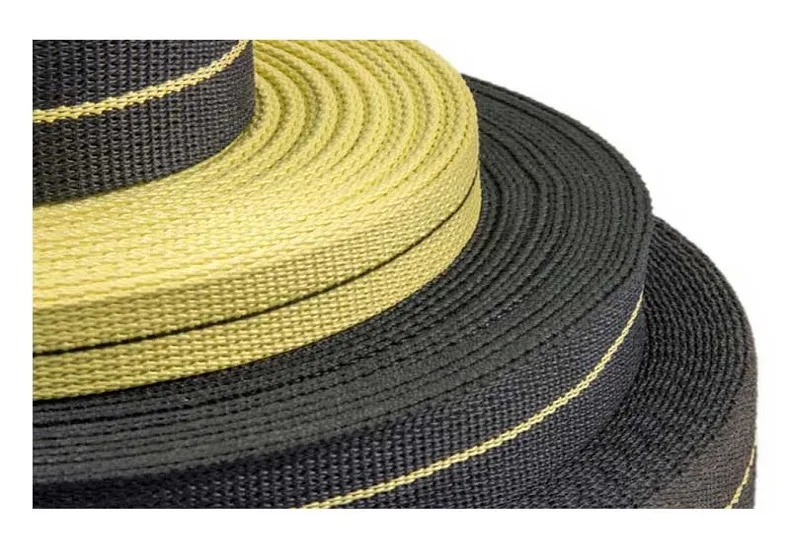
Webbing straps are used in many applications, from securing goods during transportation to keeping outdoor gear in place during adventure activities. While they may seem simple, the science behind webbing straps, especially their material composition, strength, and safety features, plays a crucial role in their effectiveness and reliability.
Most crucial will be the material of the webbing strap. Most webbing straps are made of synthetic fibers such as nylon, polyester, and aramid (Kevlar) due to their favorable strength-to-weight ratio and high durability. These materials have individual properties, influencing the performance of the webbing under different circumstances.
Nylon is the most common webbing strap material, abrasion-resistant, flexible, and strong. It has more elasticity so it stretches when compressed and is therefore best suited for loads that will move. Nylon degrades when exposed to UV, and therefore is not a good choice for long-term use outdoors unless it has been treated with UV inhibitors.
Polyester is not as elastic as nylon, so it’s a more stable material to use in webbing straps that must maintain tension over an extended period of time. It’s also more resistant to UV and water, so it’s a better material to use for applications outdoors. Polyester webbing is frequently used on tie-downs, military equipment, and outdoor equipment.
Aramid (Kevlar) is a high-strength, heat-resistant fiber. Kevlar webbing straps are resistant to abrasion and are extremely strong, making them the ideal material to employ in harsh environments. They are employed wherever high tensile strength is combined with heat resistance, e.g., in protective equipment employed in military, aerospace, or fire-fighting operations.
The process of manufacturing webbing involves weaving the fibers into a flat, thick fabric. This creates a strong yet elastic material that is capable of distributing the weight evenly along the strap, thereby enhancing the load-carrying ability.
Webbing strap strength is typically graded on a breaking strength, or the amount of force that needs to be used to break the strap. This will vary widely by material, width, and weave of the strap. For instance, a 1-inch-wide nylon webbing strap might have a rating of 1,000 to 3,000 pounds of force, but wider straps are more powerful and can hold much heavier loads.
It is important to select a webbing strap with the proper strength rating for the intended use. For example, when webbing straps are being used as cargo tie-downs, consideration must be given to the weight of the load, dynamic forces (such as vibration or movement), and factor of safety so that the strap will not fail under stress. Most webbing straps are designed with a working load limit (WLL), which is the maximum safe weight the strap will hold under normal use.

Webbing straps are designed to be strong and safe, but their safety is specifically conditional upon proper use, inspection, and maintenance. Exceeding the working load limit of a webbing strap can cause it to stretch excessively or break. This is particularly dangerous in applications like climbing, where the strap may be used to secure harnesses or load-bearing systems.
UV light, water, and abrasion can also break down webbing over time. For this reason, it’s a good practice to inspect webbing straps regularly for wear, fraying, or breakdown. It is recommended that any webbing showing signs of severe damage be replaced to prevent potential failure.
To further enhance safety, some webbing straps are equipped with reinforced stitching or edge protection to prevent fraying and improve durability.
The science behind webbing straps—from the material used to strength ratings and safety measures—demonstrates their significance in a variety of applications. Whether securing equipment, holding cargo, or supporting safety systems, webbing straps must be chosen and maintained carefully to ensure they function properly and safely. Understanding the materials and mechanics behind webbing straps can help users make informed decisions.